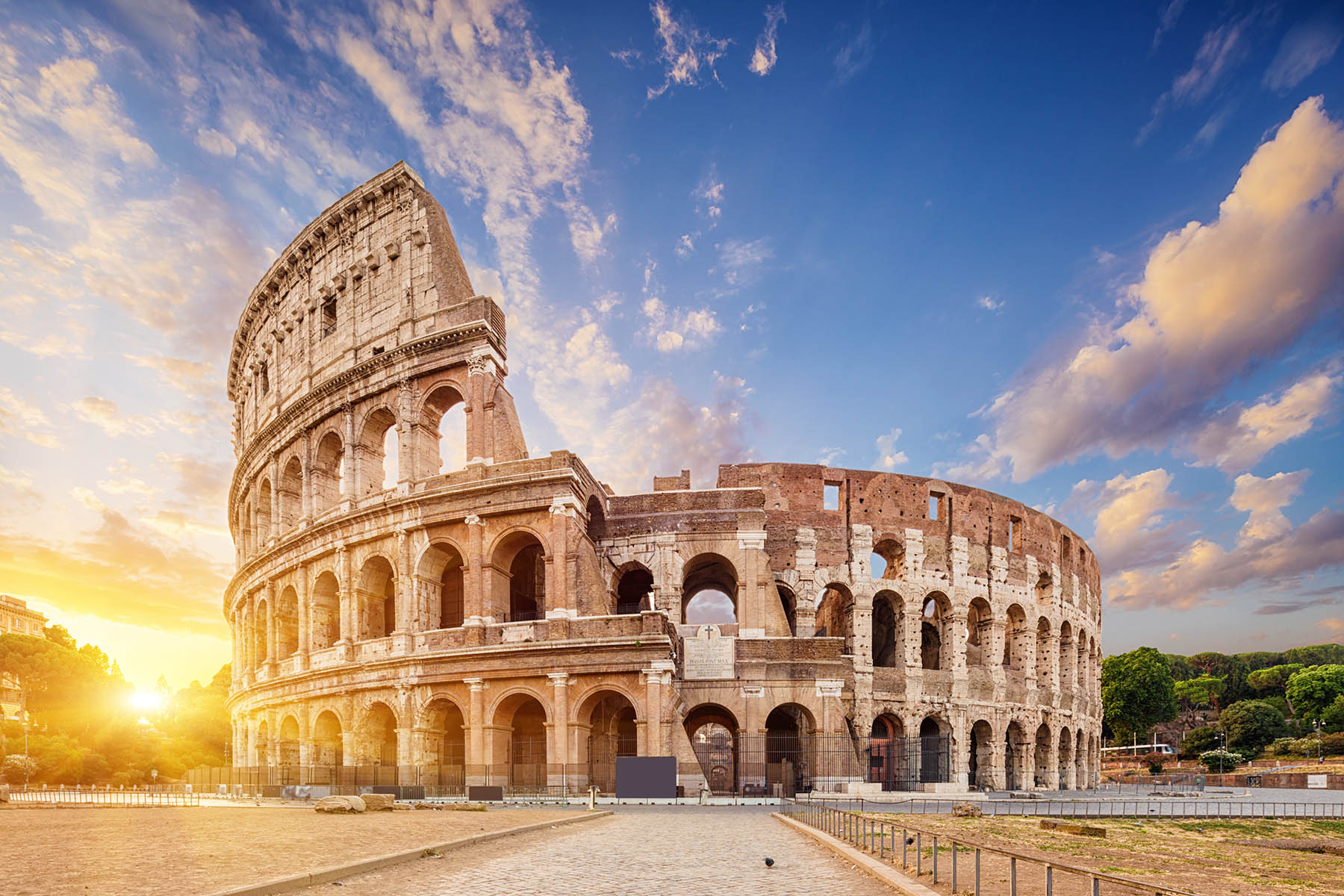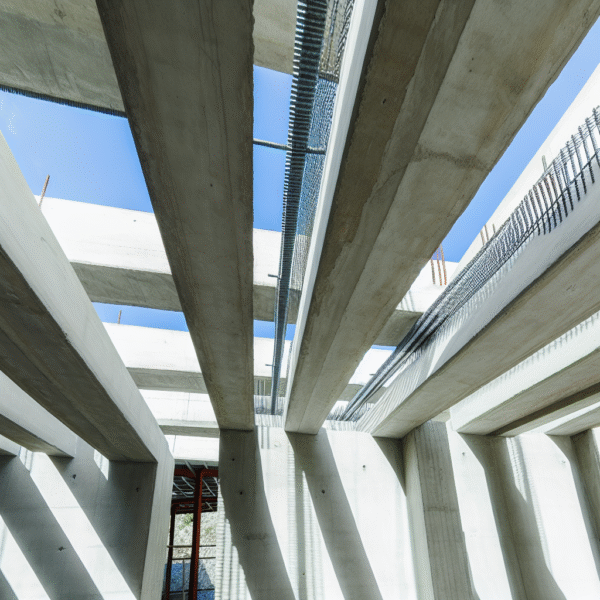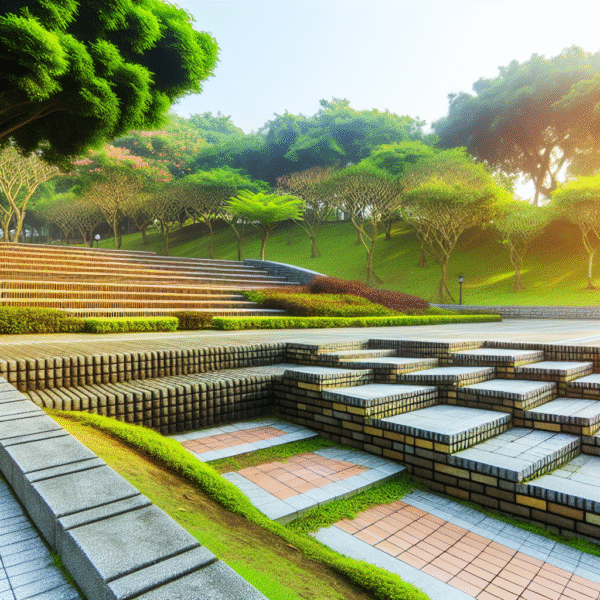In the 20th and 21st centuries, concrete technology has continued to evolve with advancements in materials science, engineering, and construction techniques. High-performance concrete mixes, incorporating additives and admixtures, have been developed to achieve superior strength, durability, and sustainability. Innovations such as self-healing concrete, translucent concrete, and 3D-printed concrete have significantly pushed the boundaries of what is possible with this versatile material, thereby opening up exciting new possibilities for architectural design and construction.
Sustainable Practices and Future Directions
As concerns about environmental sustainability grow, the concrete industry is increasingly focused on developing eco-friendly and sustainable practices.Recycled aggregates, alternative binders, and carbon capture technologies aim to lower concrete’s environmental impact. Advancements in digital fabrication, 3D printing, and smart materials could transform future construction. Embracing these innovations ensures concrete’s evolution shapes our world for generations.
The evolution of concrete showcases human ingenuity in construction. From its simple beginnings to becoming a cornerstone of modern infrastructure, concrete has shaped our built environment. With advancing technology, its future promises to revolutionize how we build and live.




